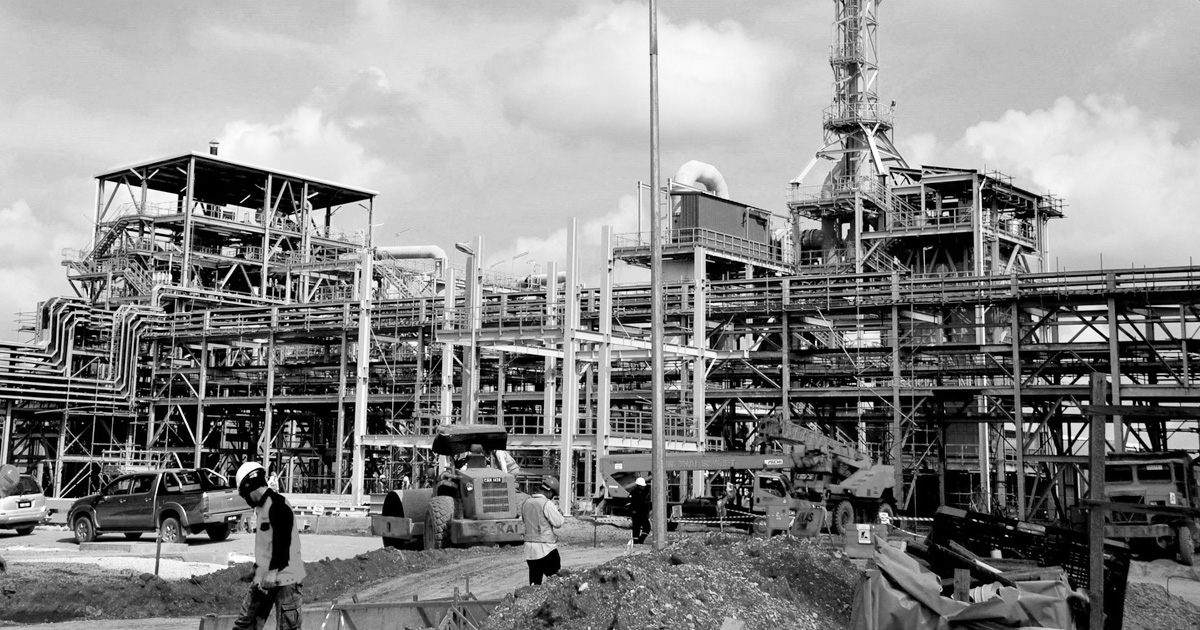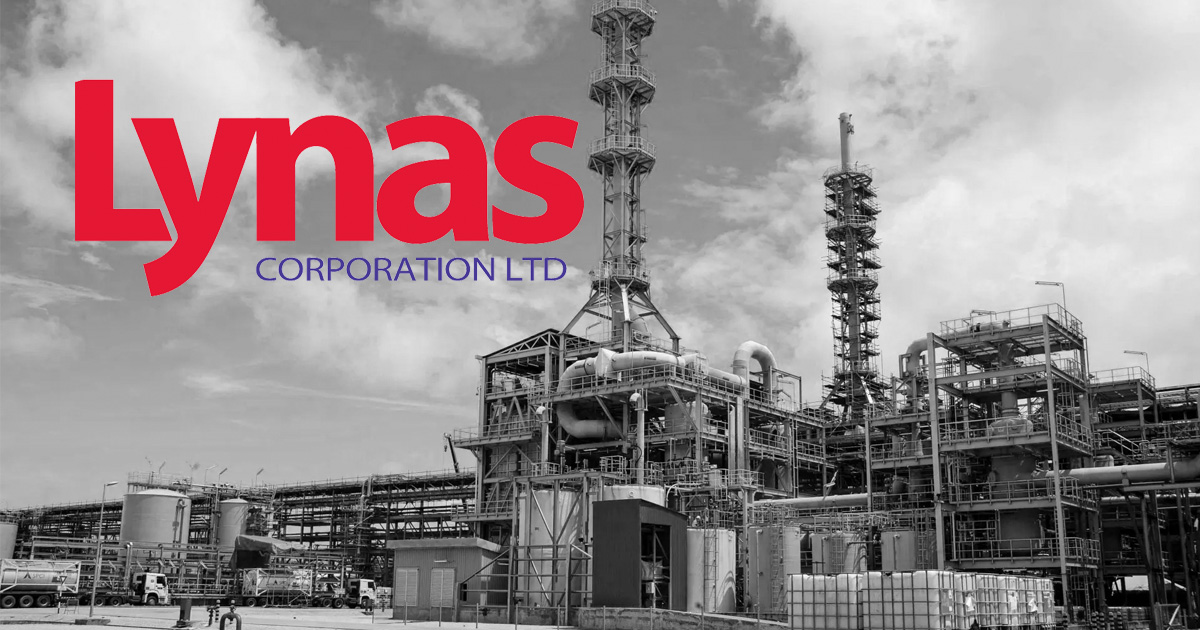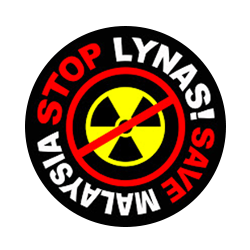A decade on, the opposition against Lynas is still strong

Malaysia is a warm and welcoming county. Rarely does her people rally in force against a corporation. Rarer still that such active protests persist for more than a decade, unrelenting. Anti-Lynas sentiments emerged soon after the Lynas Advanced Materials Plant (LAMP) project was approved in 2007. This was not unexpected, as no one wants to risk radioactive exposure from having a potentially hazardous rare earth refinery in one’s backyard. However, the slight negative sentiment and concern escalated to numerous nationwide demonstrations by 2012 when the plant commenced operations. Today, the anti-Lynas movement is still very much alive.

image source earthfirstjournal.org
Why such ire over Lynas?
Here’s some background.
April 2007
the Malaysian Minister of Finance approved Australian-based Lynas Corp’s Lynas Advanced Materials Plant (LAMP) project with a package of special incentives, including “pioneer” status and a 12-year tax holiday.
February 2008
the State of Pahang Department of Environment (DOE) approved the Environmental Impact Assessment (EIA) for LAMP to be located in Gebeng, Kuantan. The Atomic Energy Licensing Board of Malaysia (AELB) approved the Siting and Construction Licence following an approval recommendation from the Licensing Division of the AELB. The Kuantan Local Council also approved the Development Order application.
January 2012
AELB approved a temporary operating licence (TOL) for LAMP. This was challenged by residents in court on the grounds that it breached the Environmental Quality Act 1974, among others. The issuance of TOL was withheld pending the outcome of a hearing of an appeal by a group of residents to the Science, Technology and Innovation Minister in April.
September 2012
LAMP was granted a two-year TOL effective 3 September 2012, with a safe deposit of US$50 million and five conditions, including disclosure of a permanent deposit facility (PDF) for the storage of the plant’s radioactive water leached purification (WLP) waste.

Note that the International Atomic Energy Agency (IAEA) in its 2011 report had recommended that a PDF be identified before an operating licence is awarded to LAMP. AELB had granted a temporary stay on this condition; Lynas promised to comply within 10 months of LAMP’s operations. The TOL was arguably granted on the excuse that AELB needed to collect data on the various areas of LAMP’s operations including wastes produced.
As of today, Lynas has yet to identify the location of the PDF. Neither has there been any public notifications, publications or announcements by AELB on the issue.
LAMP entered production in 2013, producing 1,089 tonnes of rare-earth oxides in the first quarter of 2014, with a target of 11,000 tonnes per annum.
Despite the numerous protects, Lynas was on 2 September 2014 issued a two-year Full Operating Stage License (FOSL) by AELB. The licence was renewed in September 2016 for another three years despite calls to examine the non fulfilment of terms and written undertakings by Lynas to either recycle the radioactive WLP waste into industrial by-products or ship them overseas.
LAMP is designed to operate 24 hours a day, seven days a week and 8,000 hours a year, with a lifespan of 20 years. Each hour it produces approximately 36 tonnes ( dry weight) of solid wastes. The total volume of solid wastes that will be produced by LAMP prior to its decommissioning after 20 years is approximately 5.76 million tonnes! To put this figure into perspective, it is 15.6 times the weight of the steel used in the Petronas twin towers. The waste produced by LAMP over 20 years can fill Bukit Jalil Stadium 18 times over!

This educational article is brought to you by SMSL
For more articles, please log in to
SMSL Facebook: Pahang Don’t Need “Hazardous” Project
and SMSL Blogspot: Save Malaysia Stop Lynas
